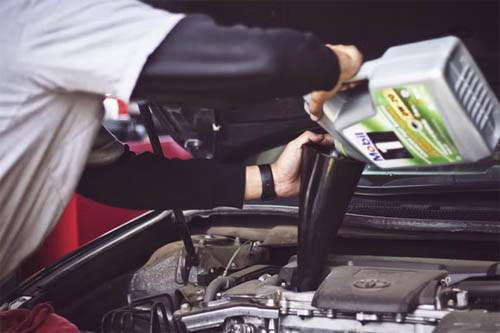You may locate the recommended oil grade in the owner's manual or the vehicle maintenance manual if you need to determine what kind of engine oil your car needs. To identify the precise type of automobile you own, you may also utilise the information on the VIN registration plate. Then, you can get advice from the official dealership by contacting them. The VIN plate is often located around the door pillar or under the hood, close to the engine.
There may be times, though, when you don't have access to the owner's manual or the VIN plate and must instead use a car registration number (also known as a car reg number) to determine the proper oil type. Follow these three easy steps to do this.
1) Use this free online tool to search the registration number to find the details of the car:2) You need to make a note of the following infomation as you will need this to ensure you find the correct vehicle:
• Model Variant
• Model Description
• Fuel Type
• Engine Size / Capacity
• Year of Manufacture
3) Use the A-Z menu at the top of this page, navigate find the right car manufacturer and model and then search for the correct year, engine size and trim on that page.
You will quickly and easily be able to see exactly what grade and type of oil to buy for your car.
Follow these simple steps to check your engine oil level:
1) Park your vehicle on level ground and allow the engine to cool.
2) Open the bonnet and locate the dipstick. If you're unsure about its location, refer to your user manual. Keep in mind that some modern cars may not have a dipstick and instead use electronic oil monitors.
3) With a towel or rag, remove the dipstick and completely wipe the oil off. Watch the two markings on the dipstick that represent the minimum and maximum oil levels.
4) The dipstick should be fully reinserted into its tube after cleaning, then taken out once again.
5) There is no need to add oil if the oil level on the dipstick is between the minimum and maximum markings. Consider adding some oil if it drops below the halfway point; if it drops below the minimum threshold, you must add oil.
6) If a top-up is necessary, ensure you have the correct oil for your vehicle. Find the oil cap on your engine, usually marked with the image of an oil can.
7) Remove the cap and gradually pour in the oil, checking the level with the dipstick to avoid overfilling, which can cause damage.
8) Replace the cap and the dipstick, and tidy up any oil spills before closing the bonnet.

